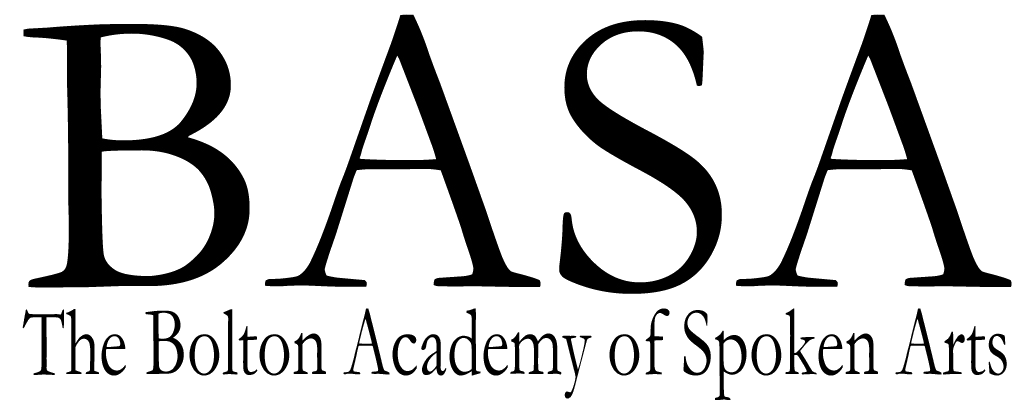The Marrow Thieves by Cherie Dimaline
The Marrow Thieves is set in a post-apocalyptic world where individuals have lost the ability to dream. When it is discovered that obtaining the bone marrow of Indigenous populations can restore one’s dreams, residential schools are once again built by the government to extract bone marrow forcibly from the Indigenous peoples. The story follows fifteen year old boy Frenchie—a member of the Metis Indigenous community in Canada—as he runs from the “recruiters” and struggles to survive. A brilliant commentary on Indigenous oppression, The Marrow Thieves sheds light on the history of Canadian residential schools and highlights current issues still faced by Indigenous peoples, such as environmental degradation and language loss, through a dark, fast-paced science-fiction setting.
As a member of the Georgian Bay Metis community, author Cherie Dimaline has spent numerous summers learning about her Metis heritage; as such, many of her books have a direct influence from traditional Metis stories. The Marrow Thieves is her most successful work, having been selected as one of TIME magazine's 100 Best YA Books of All Time and the recipient of both the Governor-General's Award for English language children's literature and the Kirkus Prize.

